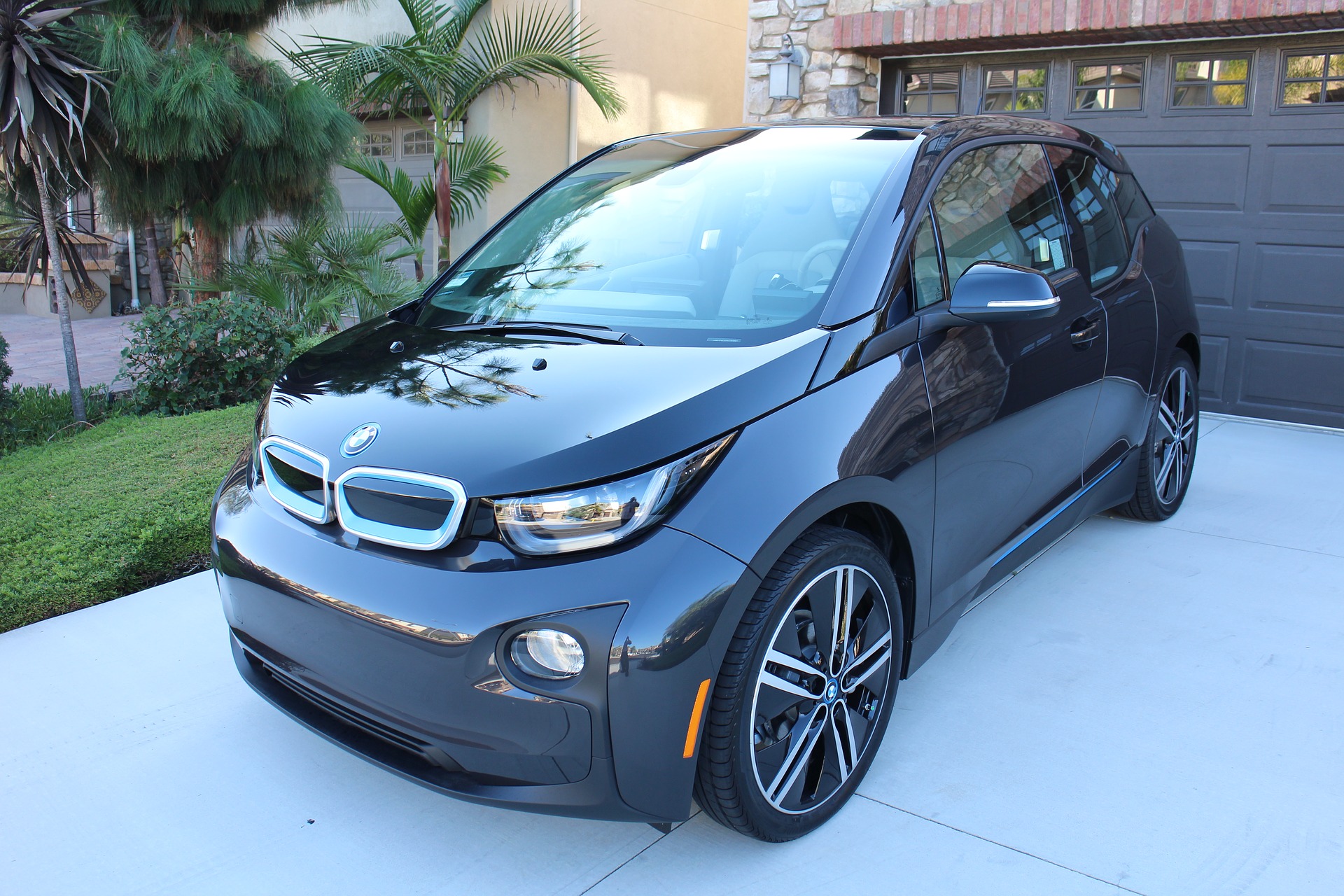If you own an electric vehicle (EV), you’re likely familiar with the charging process, whether at home or in public. But have you ever touched the charger and found it warm or even hot? Is this a significant cause for concern? Electric vehicles can be a considerable investment, so today, we want to shed light on the often misunderstood topic of EV charger overheating.

A Quick Guide to EV Chargers
When it comes to charging your new electric vehicle, not all chargers are created equal. There are primarily three types of EV chargers – Level 1, Level 2, and DC fast chargers – each with its own set of characteristics and power loads.
Level 1 Chargers: These are the basic chargers that often come with your EV. They plug into a standard household outlet and are generally slower, taking several hours to charge your vehicle fully.
Level 2 Chargers: These chargers are more powerful and require a dedicated 240-volt circuit. They can charge an EV much faster than Level 1 chargers but may generate more heat due to the higher power load.
DC Fast Chargers: These are the heavy hitters in the EV charging world. They can charge most EVs up to 80% in just 20-30 minutes. However, they are not typically used for residential charging and are more commonly found in commercial settings like businesses and apartment buildings.
Why Does My EV Charger Get Hot?
Electric vehicle chargers are designed to convert alternating current (AC) from your home’s electrical system into direct current (DC) that your car’s battery can store. This conversion process inherently generates some heat, but how much is too much?
Several factors can contribute to your EV charger getting hot, including the efficiency of the charger, the ambient temperature, and even the condition of your vehicle’s battery. A charger that’s not operating at peak efficiency may generate more heat than one that is well-maintained.
Just because Level 2 chargers are more prone to overheating doesn’t mean they aren’t worthwhile. With more power comes more potential problems and potential benefits, including much faster charger speeds and the ability for homeowners to forget about range anxiety with their daily vehicle.
If your charger seems hotter than you expect, emits a burning smell, or shows visible signs of damage like melting or discoloration, it may be overheating. These red flags should not be ignored – contact a licensed local electrician for an inspection.
Tips on Prevention
Regular Inspection: Periodically check your charger for signs of wear and tear and reach out to professionals for help.
Adequate Ventilation: Ensure the charger is in a well-ventilated area to help dissipate heat.
Consult the Manual: Always refer to your charger’s user manual for specific safety guidelines.
Unplug: If you suspect that your charger is overheating, unplug it immediately and consult a professional.
Sometimes, it’s best to consult a professional. If you notice persistent overheating, visible damage, or inconsistent performance, it’s time to seek expert advice. An electrician can conduct a thorough inspection to identify any issues and recommend appropriate solutions. They can also help install an at-home charger, ensuring it meets all safety standards. At-home chargers eliminate the need to find public charging stations, allowing you to start each day with a full battery and saving you money in the long run.
Our team is one of Sarasota’s most trusted EV charger installers. If you are interested in EVs because of their new technology or cost-saving potential, call Promise Electric today.


